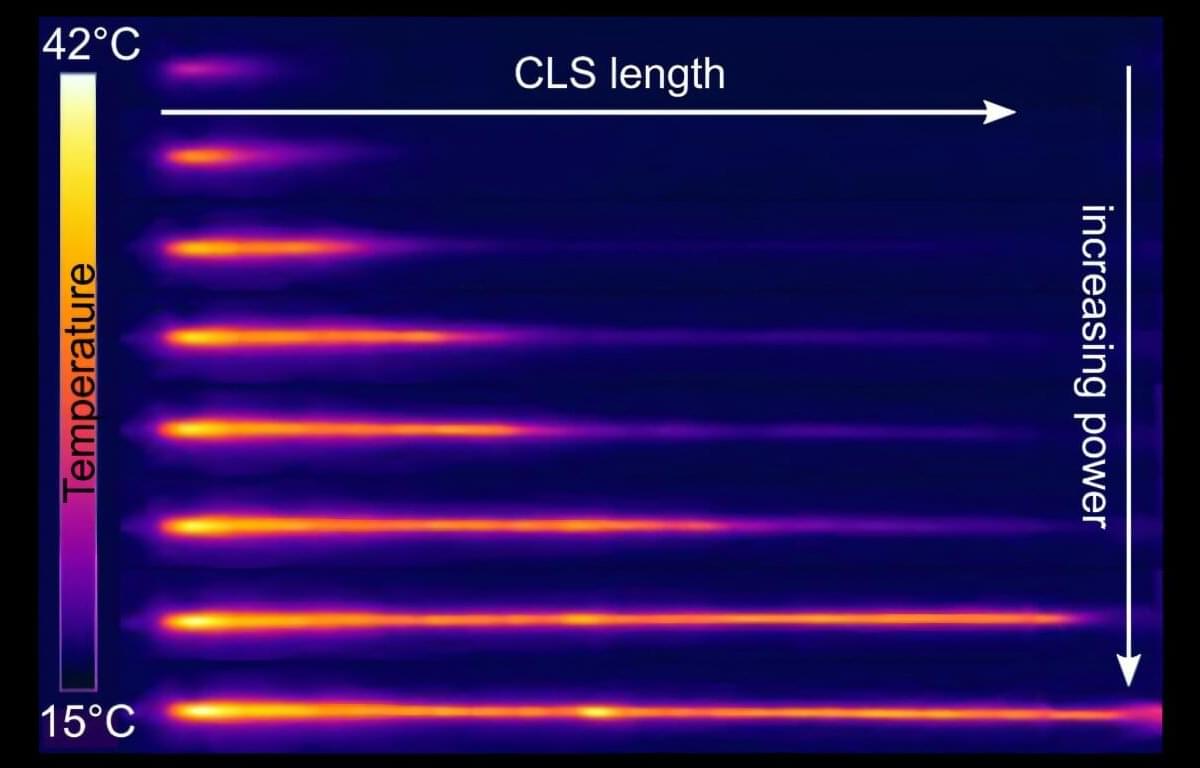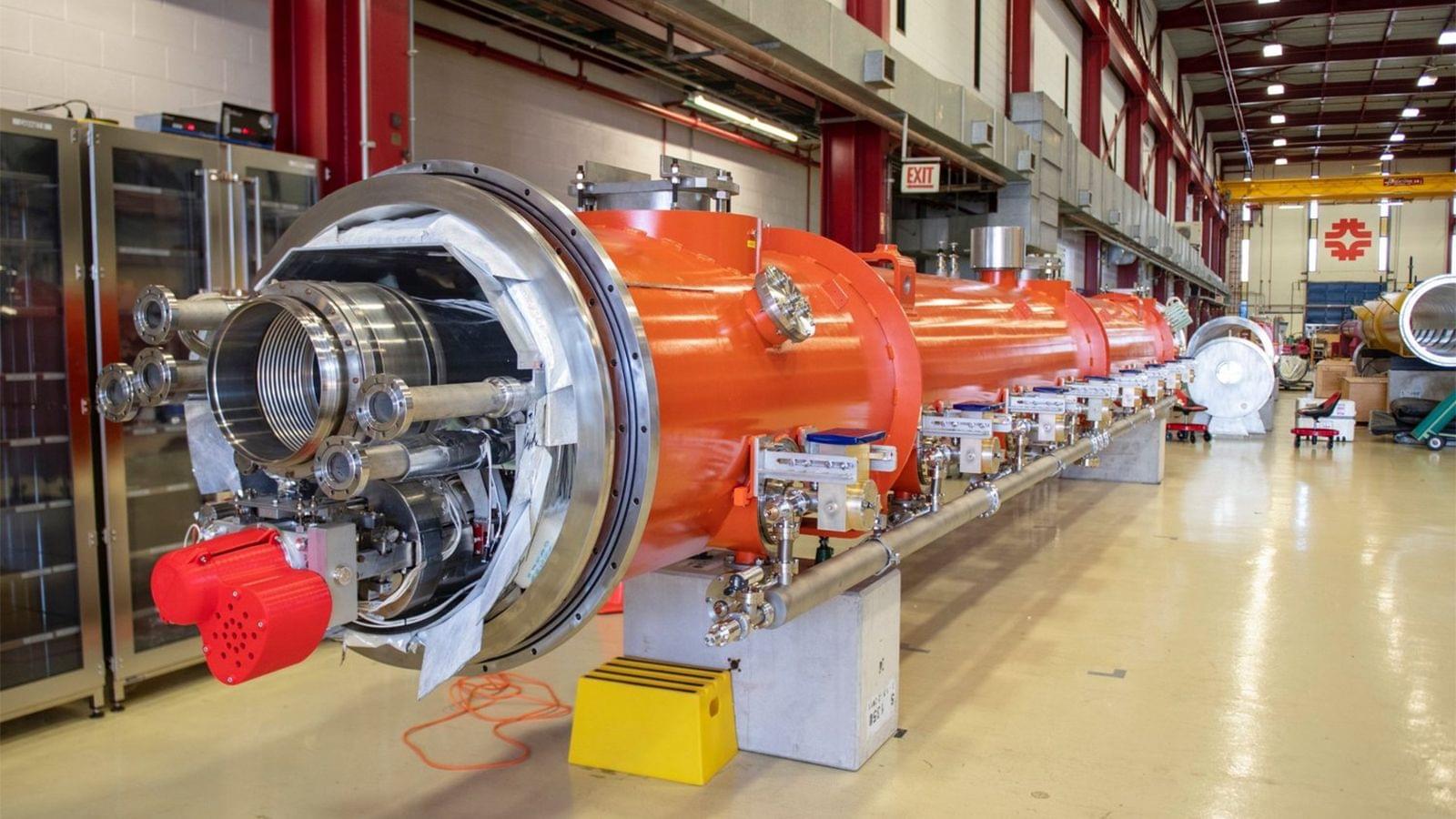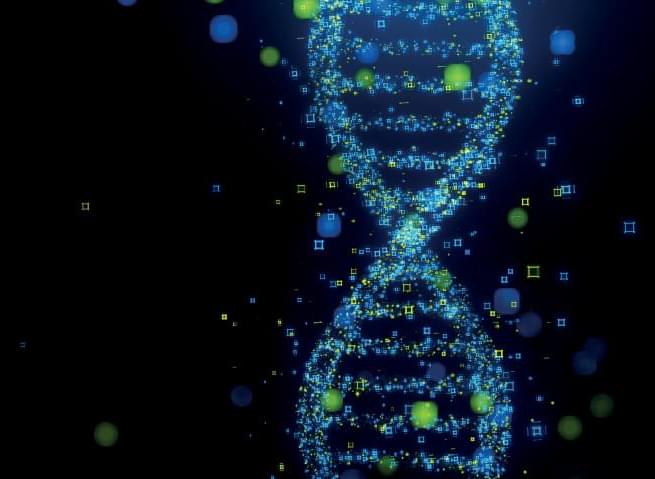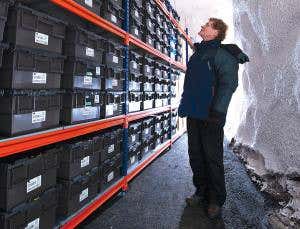Threat actors have been exploiting a command injection vulnerability in Array AG Series VPN devices to plant webshells and create rogue users.
Array Networks fixed the vulnerability in a May security update, but has not assigned an identifier, complicating efforts to track the flaw and patch management.
An advisory from Japan’s Computer Emergency and Response Team (CERT) warns that hackers have been exploiting the vulnerability since at least August in attacks targeting organizations in the country.









